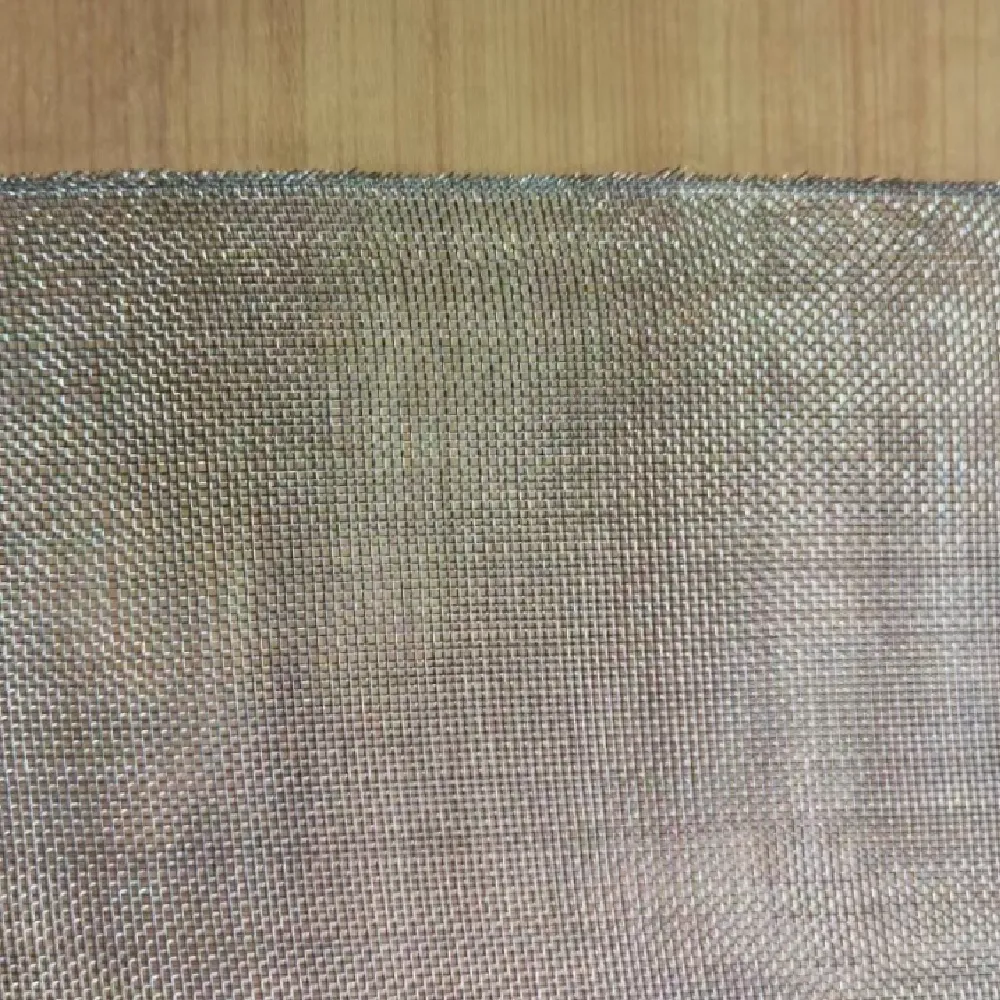The Role of Cattle Guard Fences in Livestock Management
Cattle guard fences are an innovative solution designed to manage livestock effectively while ensuring safety and accessibility on farms and ranches. These structures, often constructed of metal bars or other materials, serve as a barrier that allows vehicles to pass while deterring livestock from crossing. In this article, we will explore the importance of cattle guard fences, their design, benefits, and best practices for installation and maintenance.
Understanding Cattle Guard Fences
Cattle guards typically consist of a framework of parallel bars set into a trench, allowing for the passage of vehicles without requiring physical gates. The gap between the bars is designed in such a way that it can accommodate tires but presents a significant enough challenge for cattle, horses, and other livestock to avoid crossing. This design relies on the natural reluctance of animals to step over gaps, particularly when they perceive a risk of falling.
Importance in Livestock Management
1. Efficiency in Operations Cattle guard fences streamline the movement of vehicles on a farm, allowing for quick transit between different land areas without the need for frequently opening and closing gates. This efficiency is crucial during peak operational times, such as feeding or veterinary check-ups, where delays can cause stress for both the livestock and the operator.
2. Enhanced Safety By reducing the number of gates that need to be constantly monitored and operated, cattle guard fences contribute to a safer working environment. They minimize the risk of accidents that could occur when manually opening gates, particularly in adverse weather conditions or in the presence of aggressive animals.
3. Animal Welfare Properly designed and maintained cattle guards can support better animal welfare. By limiting the areas where livestock can wander unsupervised, farmers can provide a more controlled environment, reducing the risk of strays getting into dangerous situations or onto roads where they might pose a risk to themselves and drivers.
Design Considerations
When considering the installation of a cattle guard fence, several factors must be taken into account
cattle guard fence
- Width and Spacing The width between the bars should be optimized for the specific livestock species. For small animals, narrower spaces are appropriate; for larger cattle, the gaps should be wide enough to avoid physical injury while still deterring passage.
- Slope and Drainage Adequate drainage is essential around the cattle guard to prevent water pooling, which can become a hazard and discourage animals from using the space. A slight slope away from the guard can facilitate effective water runoff.
- Materials Durability is paramount, as cattle guards are subjected to the pressures of heavy vehicles and weather conditions. Steel and reinforced concrete are popular choices that withstand the rigors of farm life.
Best Practices for Installation and Maintenance
1. Strategic Location Position cattle guards at high-traffic points where they will aid in managing both livestock and vehicular movement effectively.
2. Regular Inspections Routine checks for wear and tear, rust, and any debris accumulation ensure that the cattle guard remains functional. It is also important to ensure that the areas surrounding the cattle guard are clear and accessible.
3. Training Animals Initially, some livestock may need training to recognize and avoid the cattle guard. This can be achieved by monitoring their behavior and reinforcing boundaries around the cattle guard during the early stages of installation.
4. Community Education Educating farm staff and local drivers about the function and importance of cattle guards can further enhance safety and efficiency.
In conclusion, cattle guard fences play a vital role in modern livestock management. Their design contributes to operational efficiency, enhanced safety, and better animal welfare, making them a worthwhile investment for any ranch or farm aiming to optimize its operations. By following best practices for installation and maintenance, livestock owners can ensure that their cattle guards remain a functional and beneficial element of their agricultural infrastructure.























